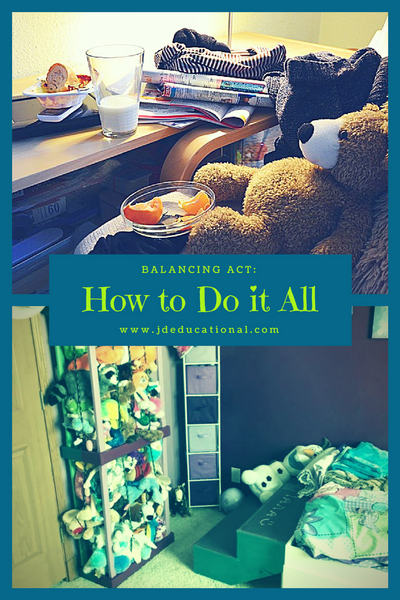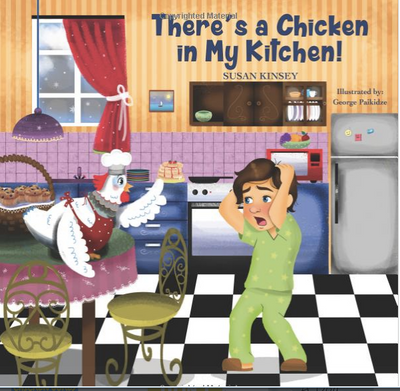Allison and Turtle & Buddy's Books and Toys was nice enough to allow me to review a few of the toys that are sold through her website. I gave one away earlier this month, and this one will be a prize won on our Facebook page this week JDEducational: Preschool and Kindergarten Readiness. Take a look on our facebook page for contest details!
Learning with: Shape Shell Turtles by Learning Resources
Quick note - Wow!! These turtles are wonderful. Are you looking for a way to keep your child entertained while taking a bath? Maybe while you are cooking dinner or at the beach? Shape Shell Turtles are made with water-resistant plastic and safe for children ages 2 years old and up, creating learning opportunities in the baby pool and outdoor sandboxes!
For educational activities you can do with toys you already have at your home, check out or activity books.
10 different educational games you and your child can play with these awesome pets!
1. Turtle Trace - Place a turtle on a piece of blank paper. Ask your child to use a pen or crayon to trace the turtle. Once completed, have your child put the turtle to the side. Tell your child to close their eyes and name the first shape (or color) they think of. Have your child open their eyes and draw the shape (or pick the color crayon) that matches the shape (or color) they just said onto the turtle shape they just traced. Repeat the activity as many times as you would like.
2. Shape identification - The adult should use a pen or pencil to draw all 8 shapes (included in the turtle set) onto one piece of paper. Make sure the shapes are drawn at least two inches apart from one another. Ask the child to pick up one turtle and identify the shape that is on the turtle's back. Tell the child to place the turtle onto the same shape on the paper. Continue until all of the turtles have been matched up to the piece of paper.
3. Counting up to 16 - There are 16 different pieces in this turtle set (8 turtles and 8 shells). Ask your child to put the turtles in one pile and the shells in another pile. Once completed, tell your child to count how many turtles there are (8 turtles). Next, ask them to count how many shells there are (8 shells). I wonder how many pieces 8 plus 8 makes? Ask your child to count the shells and turtles together. Ask your child if they can tell you that 8 plus 8 equals 16! There are 16 pieces in this turtle set!
4. Pretend Play - a turtle's life - This game uses a lot of the child's imagination. Turtles walk reallllly, reallly slowly! Ask the child to pretend that all of the turtles are a big turtle family. Let's pretend that they are going to go on an outing together. Help the child figure out where they are going to go and what the family is going to do there. Would your child like to make up a story about the turtle family and their day? Your child can pretend the turtles are talking to each other, that they are eating different foods, they are playing in the park or going on a walk! Once your child is done, offer them some crayons and a piece of paper so they can draw a picture about their "turtle family's" day.
5. Color Matching - The adult should use a box of crayons to color all 8 colors (included in the turtle set) onto one piece of paper. Make sure the color squares are drawn at least two inches apart from one another. Ask the child to pick up one turtle and identify the color that is on the turtle's back. Tell the child to place the turtle onto the same color on the paper. Continue until all of the turtles have been matched up to the piece of paper.
6. Peek-a-boo Colors or Shapes - Place the turtles in a large sand box, under the sand at the beach or in a large muddy area. Make sure that the turtle shells are completely hidden/covered by the sand or dirt. Ask the child to dig up each turtle. When they find the turtle, ask them to shout out the color and shape of the shell.
7. Swim, Swim, Jump - When in the bathtub or pool, place the turtles in front of the child. The turtles will float around in the water. Tell the child to pick up one turtle out of the group. Ask the child to make that turtle swim towards another turtle in the water. Once they get to a turtle, tell the child to make that turtle jump over the turtle in the water. When they jump over the turtle, they need to name the color shell or the shape of the shell the turtle has on! Continue swimming and jumping over the rest of the turtles in the water.
8. Turtle May I? - Place all the turtles on the floor and ask your child to pick one turtle out. Tell the child to hand that turtle to the adult. Ask your child what color shell that turtle has. Once identified, ask the child to find another turtle by the color of their shell (Example: "Pick up the turtle with the pink shell". Once the child identifies the turtle with the pink shell, the child can move the pink-shelled turtle to the first turtle they picked. Have the child ask (in a turtle voice) "Turtle, May I ___(action word)__?" (Example: Turtle May I jump?). The turtle the parent holds can say "sure -- you may jump __(pick a number)__ times". (Example: "Sure! You can jump 3 times."). Once the child makes the turtle jump 3 times (ask them to count while they jump) repeat the activity with the rest of the turtles.
9. Book Hunt - While reading a book with your child, ask the child to move one turtle to a specific object in the book. Example: "Help turtle find the ball". If your child is familiar with letters or words, ask them to find a specific letter or word on the page of the book.
10. Slow Down Buddy! - Turtles walk super slow. Sometimes it takes them a long time to get to their destination. Place all of the turtles (with their shells) on one side of a room, and a box of crayons on the other side of the room. Today we are going to pretend that your child is a turtle. Ask your child to stand on one side of the room and pick one of the turtles. Ask your child what color shell is on the turtle. Once identified, tell the child to walk as SLOW as they can (just like a turtle) across the room to the crayons. Ask them to pick up the crayon that matches that color turtle shell and run that crayon (as FAST as they can) back to the other side of the room. Place the crayon in front of the matching turtle. Repeat until all the turtles have their corresponding crayon.






